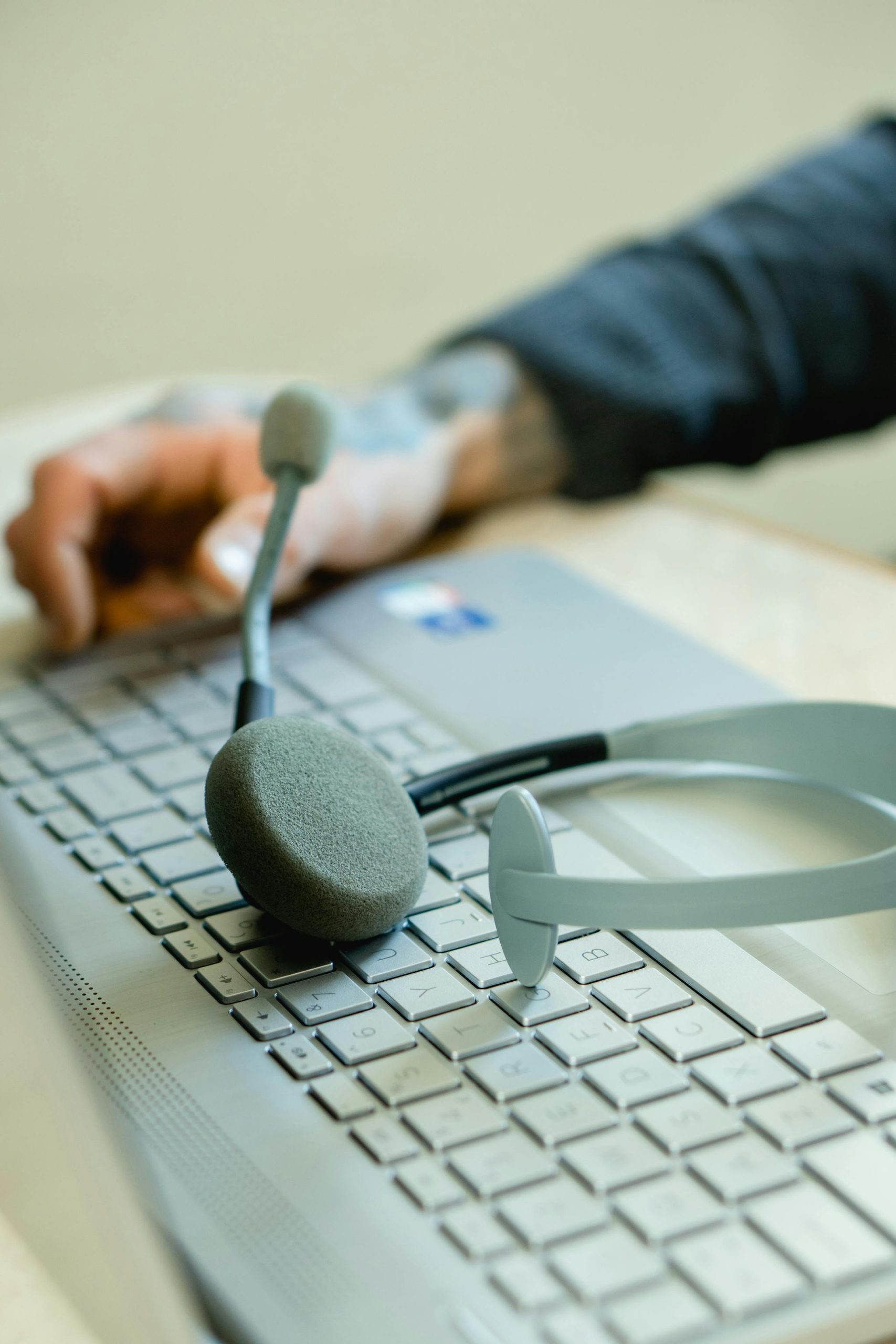Friday afternoon followed the chaotic end-of-week cycle, and I needed a break from the office chair to reset my vision and bring some order to the final few hours. The short drive to the gas station and experience with the radio provided a ‘way-to-go’ moment as I listened to a brand quickly respond to a government defunding decision made in the previous 18 hours. How will you react to revenue downturns and unforeseen budget cuts? I’ll give you three points to consider in this blog.
Redundant, non-thinking tasks, like putting gasoline in the car late in the afternoon, help me clear the mental clutter before I jump back into the chaos. I turned on the radio and tuned in to the local NPR affiliate to see what was happening in the world. Within two minutes, someone on 90.1 WPLN told me about Congress’s rescission decision (aliteration added by this writer for emphasis, as it would sound good in a radio station promotion).
Here’s the quick backstory. Late last week, the Senate approved the Rescissions Act of 2025, which would claw back approximately $9 billion in funding that the same Congress and the same president approved earlier this year. Psyche! Give it back. The House followed suit early Friday morning, before sending it to the president’s desk. Of the $9,000,000,000 (which looks larger with all the zeros), $1.1 billion was eliminated from the Corporation for Public Broadcasting, the non-profit corporation that distributes these funds to television’s PBS and radio’s NPR.
DEFCON 1!
Many, if not all, of those NPR member stations were on the air Friday, sharing the news and asking listeners to fill the financial gap created by Congress. Brilliant.

The local station returned to NPR programming, and the first story focused on how the defunding would affect NPR affiliates. I sat in the car at the gas pump because I wanted to know if this story would get more specific with facts and needs. I work with for-profit and non-profit organizations, but I didn’t know how these cuts would affect local stations. The NPR host interviewed Tom Michael, General Manager of Boise State Public Radio, and they quickly took us through the details.
The damage? According to Mr. Michael, approximately 20% of his budget, or $600,000 annually. The transcript of the interview is available at this link. Boise State Public Radio, like many of its fellow member stations, was conducting a Friday pledge drive as Michael was being interviewed. As of Sunday night, no information about the money raised was publicly available.
However, the news feed read my mind and presented me with a story about a fellow NPR affiliate’s successful reaction to the Rescission Decision. KUOW, Seattle’s top-ranked radio station in the latest Nielsen Audio ratings, conducted an emergency fundraising campaign and raised $1.5m in less than 12 hours, according to the Seattle Times.
Radio, like other industries and services, understands how events, technology, and culture can change budgets and revenue expectations. Economic depressions, recessions, wars, competing technology, and global pandemics can alter plans and expectations. Those realities and events also create opportunities for reinvention and improvement.
1. Create a Fundable Product
If you’re asking someone to give, give them a product worth supporting. Non-commercial broadcasters have conditioned their audiences to the reality of listener-supported programming. The organizations that do it well understand the need for 365-funding. In other words, the station is always in fundraising mode because it’s asking listeners to support a free medium. Therefore, the funding message must be communicated over the air, in newsletters, via direct mail, and across all digital platforms.
Commercial stations aren’t asking listeners for money, but they are asking for attention. Here are a few points from the non-comm world to consider adapting for your audience acquisition:
- Communicate the Gain and Loss: Religious-formatted brands share the benefits of the listener’s donation. The money continues to fund the ministry’s goals, such as purchasing more radio stations to expand its reach, supporting community mission efforts, or creating more like-minded content for podcasting and video channels. NPR stations are communicating the potential loss in this moment. Less balanced journalism, open access to information, fewer local-interest stories, news deserts in rural areas, or a lack of communication during weather emergencies.
- Create Conflict: Asking, “Will the government shut us down, or will the community step up and support this need?” has a better chance of being heard because humans notice conflict.
- Urgency Drives Donations: Would KUOW have raised $1.5 million in 12 hours if Congress hadn’t rescinded the budget? Maybe, but not likely. KUOW created the urgency based on an act and the audience responded.
2. Backup the Backup
Commercial radio had limited options for most of the medium’s journey. Raising the rates or adding available inventory (spots) was the strategy to resolve revenue shortages. NTR (Non-Traditional Revenue) became a growth option for broadcasters willing to invest in event creation. The Digital era added several more menu items for revenue generation and growth opportunities.
Today, radio companies focus on CSO (Consultative Sales Organizations) and solving the marketing challenges for their clients. Digital may be the best and only option for a client. However, well-developed radio sales teams know they offer their clients a proven marketing option not found in digital-only companies: the power of radio to complement Digital and NTR marketing. Here are three questions for your sales and underwriting teams:
- Have you stress-tested your revenue platforms for an economic recession or another pandemic? Don’t rely on Corporate’s vision for these possibilities.
- Which new revenue streams can be ramped up in 30 days? A better question: What takes a back seat or is silenced during a time of need?
- CSO is a great concept, but is your sales team emotionally aware they have a more attractive dashboard of client options than the digital-only shops?
3. “Can I Ask You A Question?”
Is the need communicated often and effectively? Non-profit stations understand the importance of 365 Marketing & Messaging: consistently expressing the need. It follows the Donald Miller StoryBrand strategy, making the listener the hero when they step in and make a financial commitment to keep the brand operating.
However, if you’re a commercial station, you’re not asking listeners for money. You want them to listen more often to improve your ratings. The inventory becomes more valuable, and budgets have a better chance of being met or exceeded. Here are three questions to ask your Content team:
- Are we creating unmissable moments? If they don’t listen to the live moment, are we making those moments accessible on the on-demand platforms?
- Are we creating Social Media content that generates feedback and audience engagement?
- Are we envisioning events that bring together a community to celebrate a passion or participate in a shared interest?
I’m going to sit here.
There was a moment during last Friday’s emergency NPR fundraising, when I found myself doing something we used to do more often before the on-demand age: sitting in a parked car to listen to the conclusion of a thought. There was a time when we didn’t have instant access to a song, so we cranked it up for the last 90 seconds instead of turning it off. We didn’t have the luxury of replaying the morning show’s prank phone call bit on the radio station’s app, so we would sit there and laugh in real time. We were captivated by an announcer’s voice or delivery, so we would listen to them talk about a station promotion because their presentation entertained or comforted us.
Those content moments matter more today than they did twenty years ago because there’s more competition for our attention. Perhaps the Rescission Decision provided a moment of reflection and renewal for broadcasters to proudly display their goods and services.

Ron Harrell
As the Principal Story Finder of Harrell Media Group, I offer Brand, Talent, and Management coaching. I’m available for public speaking engagements.
Contact me for a No Copy & Paste review.





